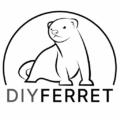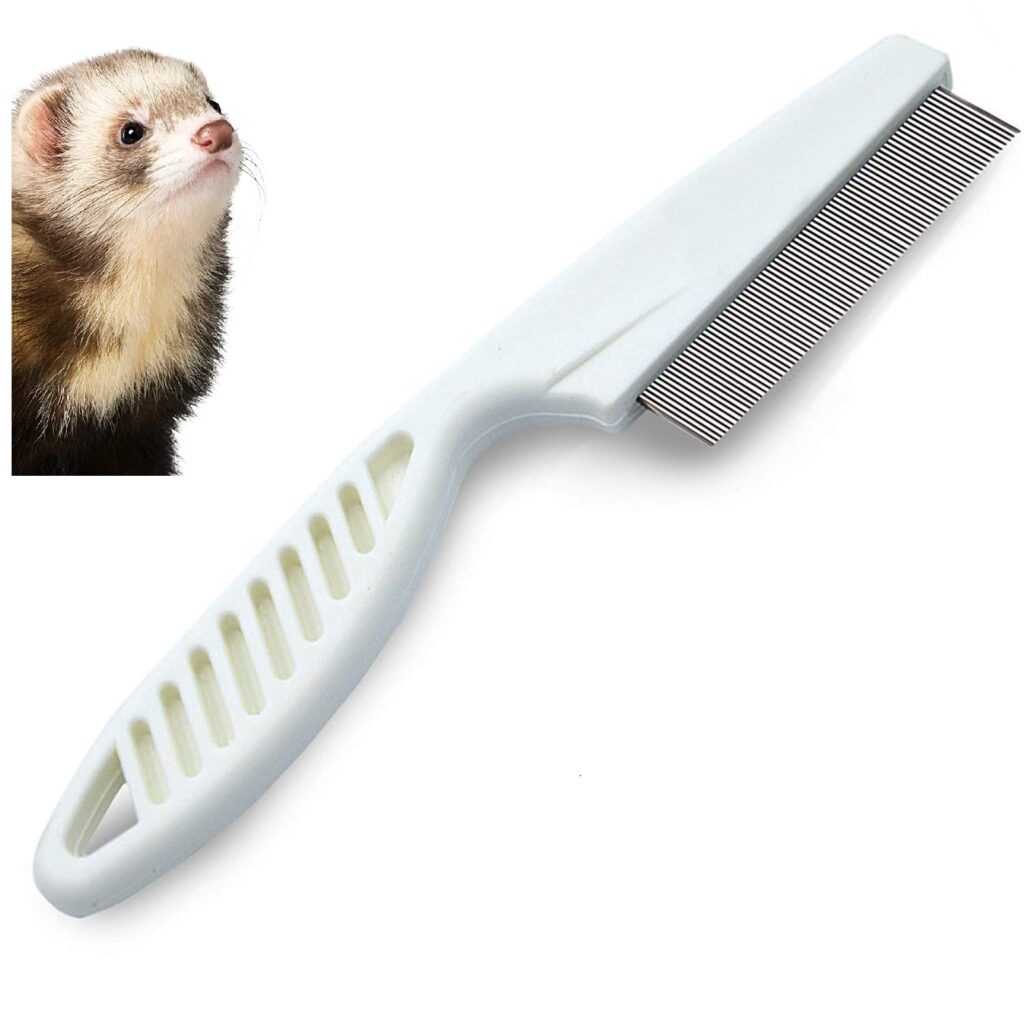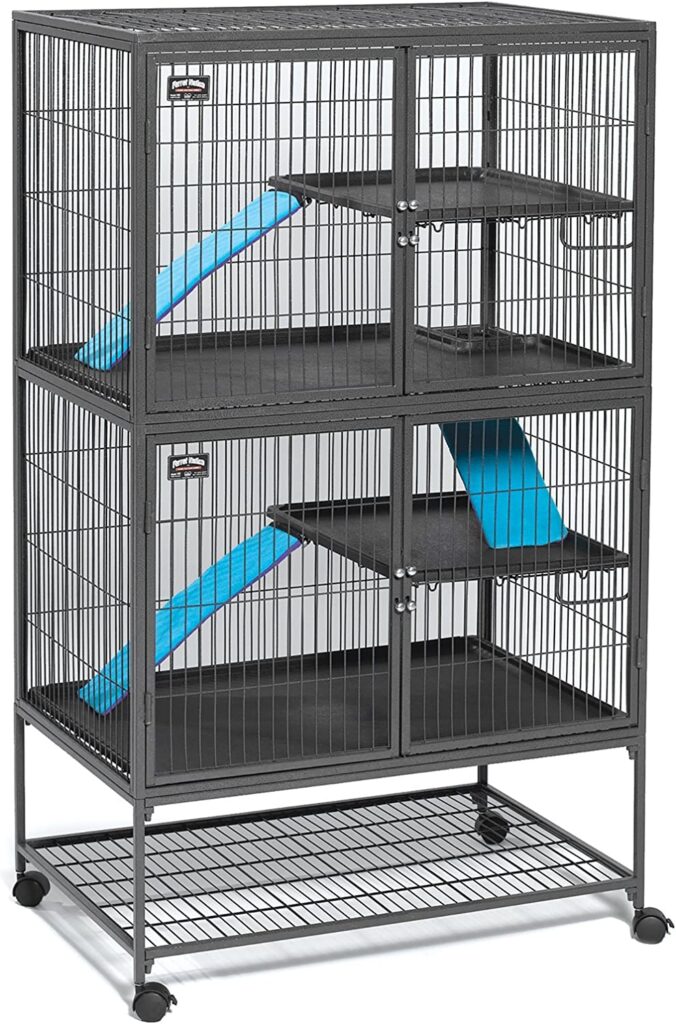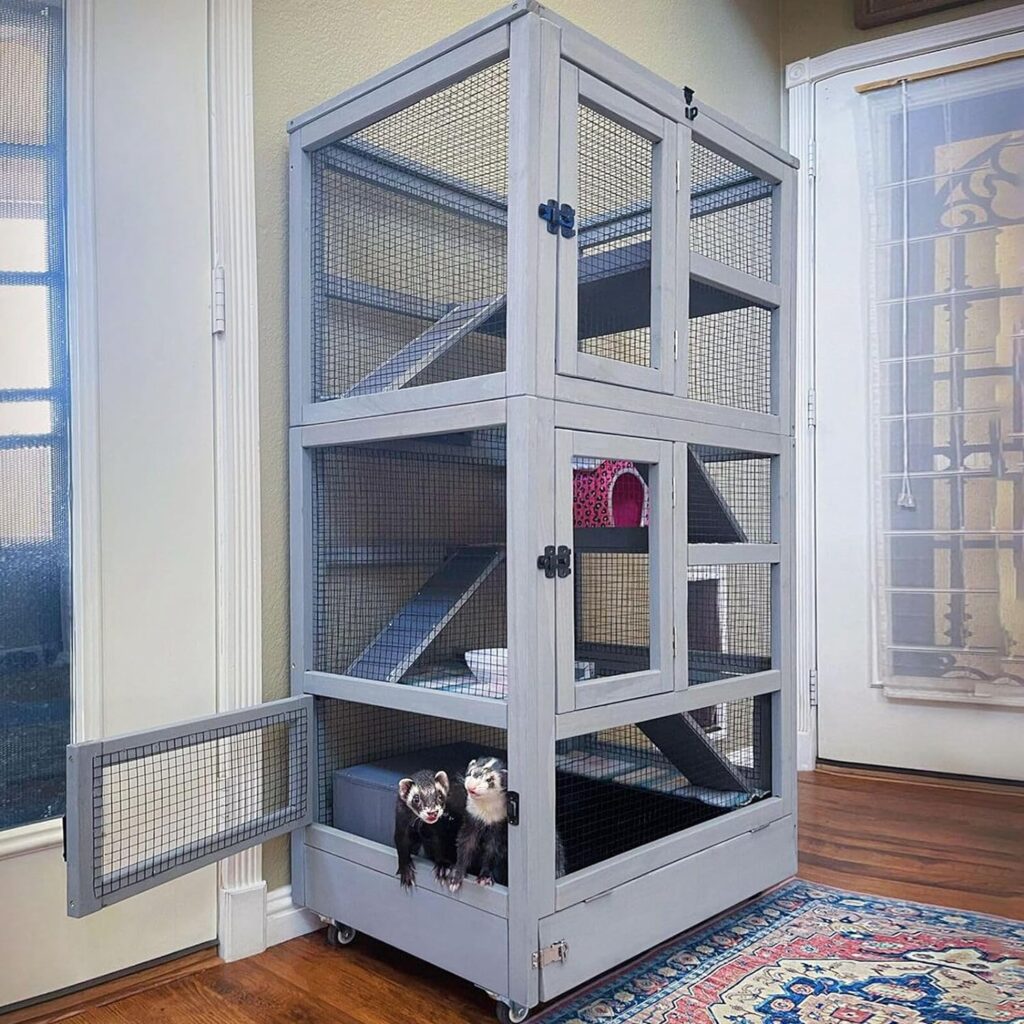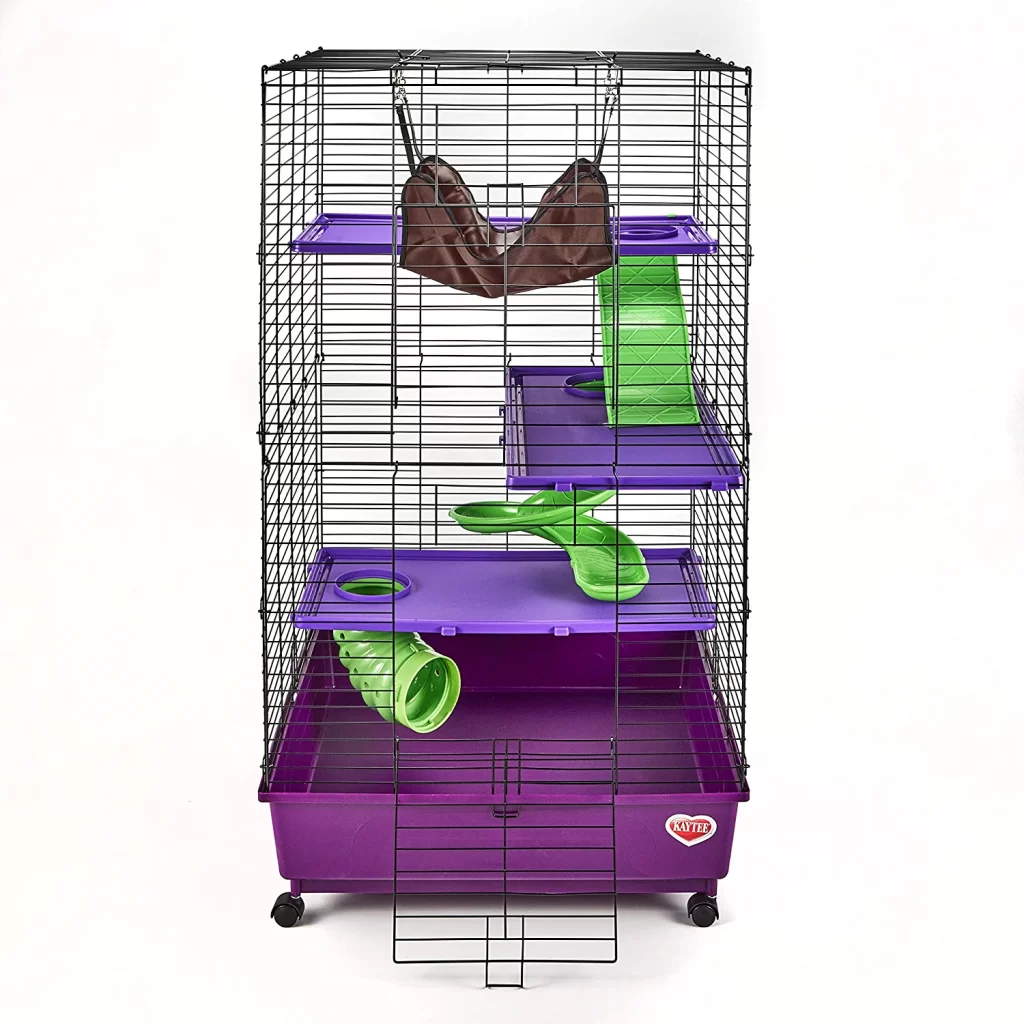The Angora Ferret
Angora ferrets are one of the fluffiest and most adorable animals on planet earth. If you are someone who likes to have a fun, fluffy pet just like a furry bouncy ball, this ferret breed may be for you.
Overall, the Angora ferret is similar to other ferrets in terms of temperament, behavior, nutritional needs, and managemental requirements; the only blatant difference is that they have three times as much fur as a common ferret.
This type of ferret is one of a kind, and if you are planning to get one as a pet or if you already have one, you’ve come to the right place. Read on to learn everything you need to know about the Angora ferret from a small animal veterinarian.
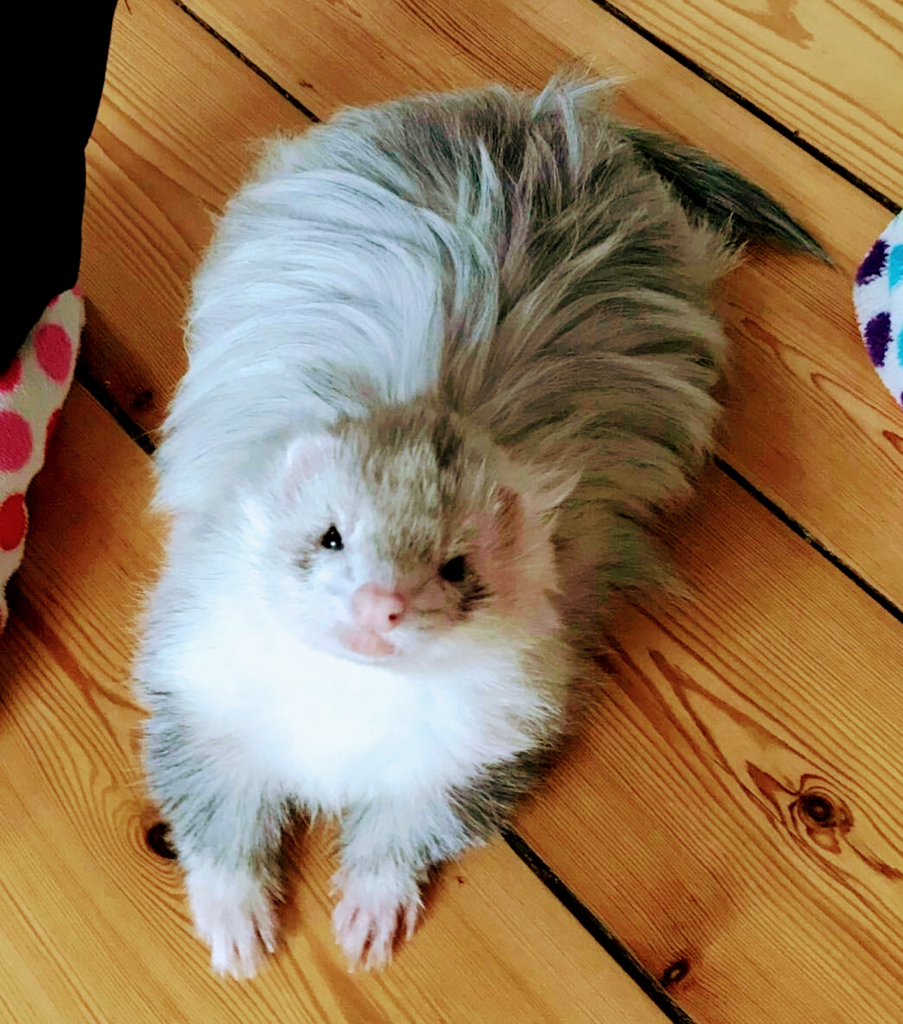
What is an Angora Ferret?
An Angora ferret is a long-haired ferret with three times the fur of a conventional ferret. This type of ferret’s hair hair can grow to be between two and eight inches long. It can take several years for an Angora to grow its coat to a maximum length.
The unique characteristic of this ferret’s fur is that the undercoat (which serves as insulation for the body) is almost the same length as that of the guard hairs or top hair, which are long hairs that shield the undercoat from water and dirt.
Every year, these creatures go through a molting process that results in some hair loss in the spring and summer. Their coat is generally longer in the winter than in the summer, but even in the summer, it is longer than that of a standard short-hair ferret.
History of Angora Ferrets
This type was unintentionally created by a Swedish breeder who discovered that certain ferrets had additional hair on their thighs. He sold these ferrets to fur farms, where the ferrets’ fur was used to produce mittens and caps.
The modern Angora ferret that we are familiar with today is the result of generations of selective breeding on these fur farms. Since they have only been around for roughly 25 to 30 years, these animals are a relatively new type of ferret. The first one was originally created in the Scandinavian region of Europe.
What is the Price of an Angora Ferret?
These pets can cost anywhere from $65 to $250, depending on a number of variables. The cost varies based on the type you want to purchase, as purebred Angoras are the most expensive.
The cost will likely be high if you get your new friend from an experienced and reputable breeder. Since Angora ferrets are not widely available, you might need to import them from another city or perhaps another country, incurring a significant shipment cost.
Additionally, the cost is also influenced by the animal’s appearance and coat color, as some colors cost more than others.

Do Long haired Ferrets Have Any Varieties?
Yes, this breed has 4 varieties depending on the length of their coat, and these are listed below:
This is the purebred variety of Angora ferret, which has distinctive nose folds and long undercoats. The full angora is the source of all other similar variations.
Due to the fact that they are not of the pure variety, these ferrets are also known as 3/4 ferrets. Their undercoat is not as long as the Full angora’s, and their nose and undercoat resemble that of a typical ferret.
Half angora ferrets are created by mating an angora ferret with a standard ferret. this breed has 50% genetic characteristics of long haired ferrets and 50% of standard ferrets. These ferrets have shorter fur which is less fluffy than that of semi- or full-angoras.
Any long haired ferret with a genetic resemblance to a full angora ferret of 25% or less can be described as part angora, or simply as an angora with a pedigree less than that of a half angora.
Do Angora Ferrets Have Any Health Concerns?
Selective breeding may increase the probability of desirable traits such as long fur, but it also raises the likelihood of undesirable traits. The same is true with angora ferrets, which have a number of unique health issues as a result of selective breeding.
- Limited nursing period
Due to the genetic problem, female angoras are most of the time not able to nurse their kits for the whole term. Their milk can dry up before the kits are weaned which can cause a lot of health problems for the kits as they get most of the nutrition from the milk of their mother.
- Unusual nose folds
An additional issue with this variety is that pure angoras have odd extra folds in their noses that not only make them look unattractive but also make it difficult for these ferrets to breathe because hair can grow in these folds.
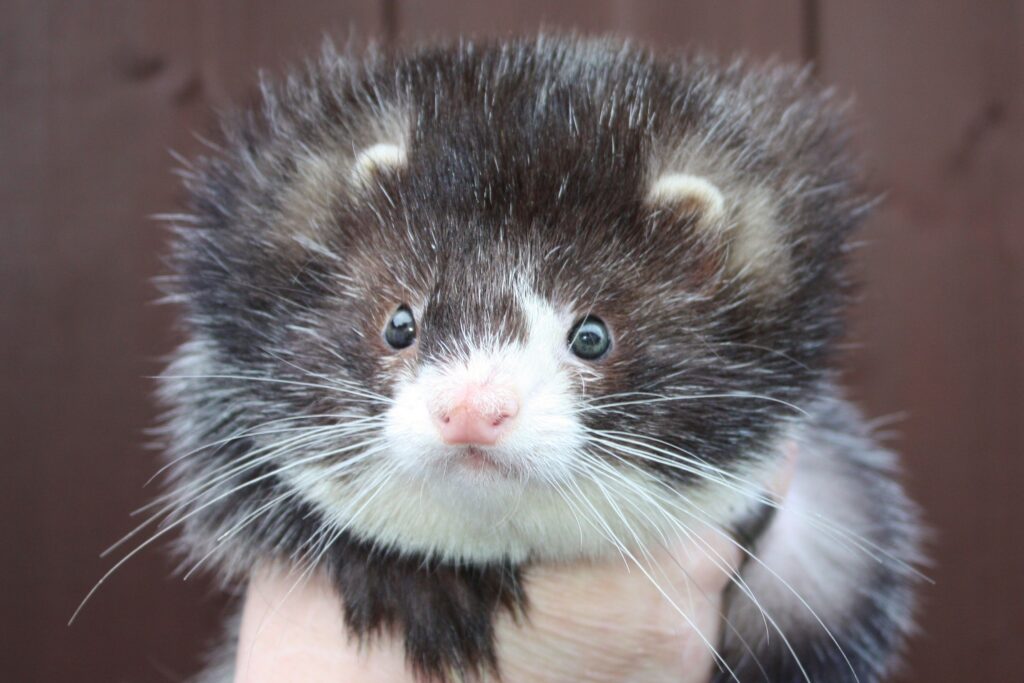
Do Angora Ferrets Have Any Special Requirements
These animals consume primarily raw meat, the same diet as every other ferret. They don’t need a lot of exercises; a daily play session of one to two hours is sufficient. Keep a watch on males when they are playing because they might get aggressive.
The litter box training and social training are similar to that which is given to any other ferret. An annual vet checkup is recommended for every ferret. Because of their lengthy fur, some people may assume that they need a lot of grooming, however, that is only partially true.
Angora ferrets are excellent self-groomers and don’t need much assistance from humans. However, it is advisable to brush their fur occasionally, ideally once a week, to keep it smooth and free of knots. Other grooming tasks that you may need to do include nail clipping, ear cleaning, and tooth brushing.
Is the Angora Ferret Rare?
Yes, breed is regarded as rare, and obtaining a purebred one can be exceedingly challenging. As a result, their prices could be quite high. To find a long haired ferret, you might need to get in touch with several breeders.
Do Angora Ferrets Make Good Pets?
These adorable animals make wonderful pets and are just like other ferrets in terms of behavior and temperament. They are friendly, outgoing creatures who adore being around their owners. Angora ferrets enjoy playing with their owners and will make an effort to grab your attention if they think you are ignoring them.
Angora ferrets are quite comfortable around children and don’t hesitate if you hold them. Unless they are scared or you unintentionally pull their hair, they will not bite or act aggressively.
Long Haired Ferret
Long-haired ferrets do exist, and angora ferrets are the main example. When compared to other ferrets, their hair is extraordinarily long, giving them their distinctive fluffy look. The existence of long-haired ferrets is not a myth; on the other hand, they are extremely rare and challenging to obtain.
Do Ferrets Shed?
Ferrets shed, although their shedding is not the same as that of a cat or dog. In addition to a layer of guard hairs, ferrets have a dense undercoat that aids in body insulation. Ferrets lose their coats or go through a molt in the spring and then again in the fall.
The timing of the shedding can differ from ferret to ferret and may not be consistent. The coat of your ferret should be brushed more frequently throughout the shedding season to give them an extra hand, but it is not necessary.
The Angora Ferret: Final Thoughts
Angora ferrets are cute and rare animals. They could be expensive and difficult to get. Before purchasing one, you should be aware of all their needs. Additionally, you must be knowledgeable about their varieties and health issues. Ask the breeder questions about the ferret to check everything is genuine, and make sure you see the ferret’s parents before you buy it to verify its pedigree.
